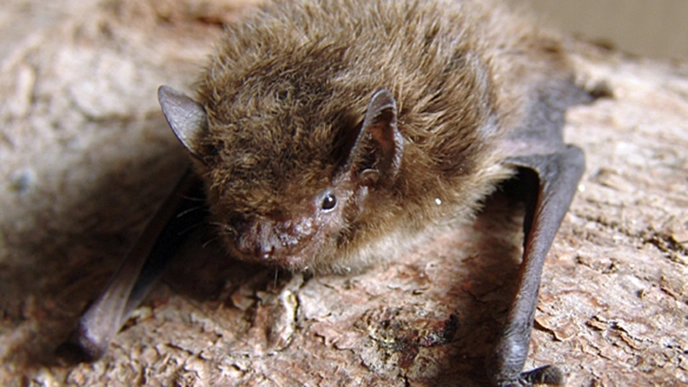
BAMBI – how bats are affected by wind power in the Baltic Sea
KEY POINTS- Studying the migration patterns of bats in the Baltic region.
- A collaboration between researchers in Sweden and Finland.
- Generating knowledge needed for the expansion of offshore wind power.
Project overview
Participants
More related research
Global goals
- 13. Climate action
- 15. Life on land
Short summary
Bats migrate extensively across the Baltic Sea. At the same time, large-scale wind power expansion is being planned in the area. How will this affect the bats?
We need to transition our society from dependence on fossil fuels to renewable energy alternatives. In this transition, wind power will play an important role.
However, wind power unfortunately has some negative environmental effects that must be addressed, such as conflicts with protected species. One group of species that may be significantly affected is bats. Wind power already causes high mortality among bats. Considering the rapid pace of expansion, especially with offshore wind power, there is every reason to believe that mortality will increase further.
Preventing mortality
There are, however, methods to reduce or entirely prevent this mortality. The two most effective methods are building wind turbines in locations where bat presence is very low, and stopping the turbine blades when there are many bats nearby.
Stopping wind turbines when bats are nearby depends on having knowledge of when bats migrate. We know that bats migrate across the Baltic Sea, but we don’t know exactly where, when, or to what extent.
There is a positive correlation between bat migration and temperature, and a negative correlation between bat migration and wind speed. However, we lack sufficient knowledge about what threshold values should apply—that is, at what temperature and wind speed can we be certain that bats are not migrating and at risk of colliding with wind turbines?
The aim of this project is to study how bats migrate across the Baltic Sea. For example: Do they migrate across the entire Baltic Sea in a broad front, or do they follow specific migration routes?
Effective threshold values
This study is important because we need to establish effective threshold values for when wind turbines should be shut down. If the thresholds are too high, turbines may be stopped unnecessarily, but if they are too low, we risk killing bats. We will work with the hypothesis that bat activity varies in different parts of the Baltic Sea, and that threshold values should therefore also vary.
- Also read the news article: Researching bats’ flight paths: “Important for wind power”